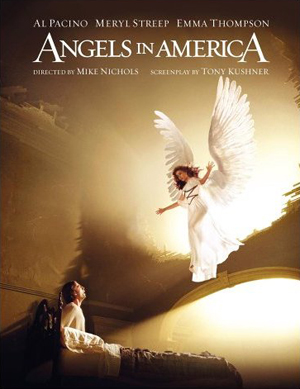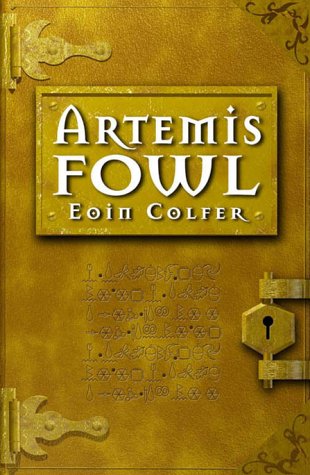In-flo-res-cence - from the Latin inflorescere - to begin to blossom. 1. the producing of blossoms; flowering; 2. the arrangement of flowers on a stem or axis; 3. a flower cluster on a common axis; 4. flowers collectively; 5. a solitary flower, regarded as a reduced cluster.Robert Hass is an American poet born in 1941. He has published around five volumes of poetry and translated and edited many works as well by Czeslaw Milosz, Tomas Transtroemer, and some of the classical Japanese poets, whose work I feel Hass's resembles. It seems to move about in a little bit of everything until it lights on something that has the zing of the kind of insight you can get walking alone in nature or meditating. It find a kind of rhythm of the world like that you can come upon when engaged in simple tasks.
Here is a post about him which includes biographical information, and links to several more poems, and poets sharing their thoughts about their favorite poem of Robert Hass, including Dan Chiasson, whose poems I featured on An Inflorescence a few weeks back. And here's the poem he liked, one that feels to me like quintessential Hass.
 Dragonflies Mating1.
Dragonflies Mating1.The people who lived here before us
also loved these high mountain meadows on summer mornings.
They made their way up here in easy stages
when heat began to dry the valleys out,
following the berry harvest probably and the pine buds:
climbing and making camp and gathering,
then breaking camp and climbing and making camp and gathering.
A few miles a day. They sent out the children
to dig up bulbs of the mariposa lilies that they liked to roast
at night by the fire where they sat talking about how this year
was different from last year. Told stories,
knew where they were on earth from the names,
owl moon, bear moon, gooseberry moon.
2.Jaime de Angulo (1934) was talking to a Channel Island Indian
in a Santa Barbara bar. You tell me how your people said
the world was made. Well, the guy said, Coyote was on the mountain
and he had to pee. Wait a minute, Jaime said,
I was talking to a Pomo the other day and he said
Red Fox made the world. They say Red Fox, the guy shrugged,
we say Coyote. So, he had to pee
and he didn’t want to drown anybody, so he turned toward the place
where the ocean would be. Wait a minute, Jaime said,
if there were no people yet, how could he drown anybody?
The Channelleño got a funny look on his face. You know,
he said, when I was a kid, I wondered about that,
and I asked my father. We were living up toward Santa Ynez.
He was sitting on a bench in the yard shaving down fence posts
with an ax, and I said, how come Coyote was worried about people
when he had to pee and there were no people? The guy laughed.
And my old man looked up at me with this funny smile
and said, You know, when I was a kid, I wondered about that.
3.Thinking about that story just now, early morning heat,
first day in the mountains, I remembered stories about sick Indians
and—in the same thought—standing on the free throw line.
St. Raphael’s parish, where the northern-most of the missions
had been, was founded as a hospital, was named for the angel
in the scriptures who healed the blind man with a fish
he laid across his eyes.—I wouldn’t mind being that age again,
hearing those stories, eyes turned upward toward the young nun
in her white, fresh-smelling, immaculately laundered robes.—
The Franciscan priests who brought their faith in God
across the Atlantic, brought with the baroque statues and metalwork crosses
and elaborately embroidered cloaks, influenza and syphilis and the coughing disease.
Which is why we settled an almost empty California.
There were drawings in the mission museum of the long, dark wards
full of small brown people, wasted, coughing into blankets,
the saintly Franciscan fathers moving patiently among them.
It would, Sister Marietta said, have broken your hearts to see it.
They meant so well, she said, and such a terrible thing
came here with their love. And I remembered how I hated it
after school—because I loved basketball practice more than anything
on earth—that I never knew if my mother was going to show up
well into one of those weeks of drinking she disappeared into,
and humiliate me in front of my classmates with her bright, confident eyes,
and slurred, though carefully pronounced words, and the appalling
impromptu sets of mismatched clothes she was given to
when she had the dim idea of making a good impression in that state.
Sometimes from the gym floor with its sweet, heady smell of varnish
I’d see her in the entryway looking for me, and I’d bounce
the ball two or three times, study the orange rim as if it were,
which it was, the true level of the world, the one sure thing
the power in my hands could summon. I’d bounce the ball
once more, feel the grain of the leather in my fingertips and shoot.
It was a perfect thing; it was almost like killing her.
4.When we say “mother” in poems,
we usually mean some woman in her late twenties
or early thirties trying to raise a child.
We use this particular noun
to secure the pathos of the child’s point of view
and to hold her responsible.
5.If you’re afraid now?
Fear is a teacher.
Sometimes you thought that
Nothing could reach her,
Nothing can reach you.
Wouldn’t you rather
Sit by the river, sit
On the dead bank,
Deader than winter,
Where all the roots gape?
6.This morning in the early sun,
steam rising from the pond the color of smoky topaz,
a pair of delicate, copper-red, needle-fine insects
are mating in the unopened crown of a Shasta daisy
just outside your door. The green flowerheads look like wombs
or the upright, supplicant bulbs of a vegetal pre-erection.
The insect lovers seem to be transferring the cosmos into each other
by attaching at the tail, holding utterly still, and quivering intently.
I think (on what evidence?) that they are different from us.
That they mate and are done with mating.
They don’t carry all this half-mated longing up out of childhood
and then go looking for it everywhere.
And so, I think, they can’t wound each other the way we do.
They don’t go through life dizzy or groggy with their hunger,
kill with it, smear it on everything, though it is perhaps also true
that nothing happens to them quite like what happens to us
when the blue-backed swallow dips swiftly toward the green pond
and the pond’s green-and-blue reflected swallow marries it a moment
in the reflected sky and the heart goes out to the end of the rope
it has been throwing into abyss after abyss, and a singing shimmers
from every color the morning has risen into.
My insect instructors have stilled, they are probably stuck together
in some bliss and minute pulse of after-longing
evolution worked out to suck the last juice of the world
into the receiver body. They can’t separate probably
until it is done.











































